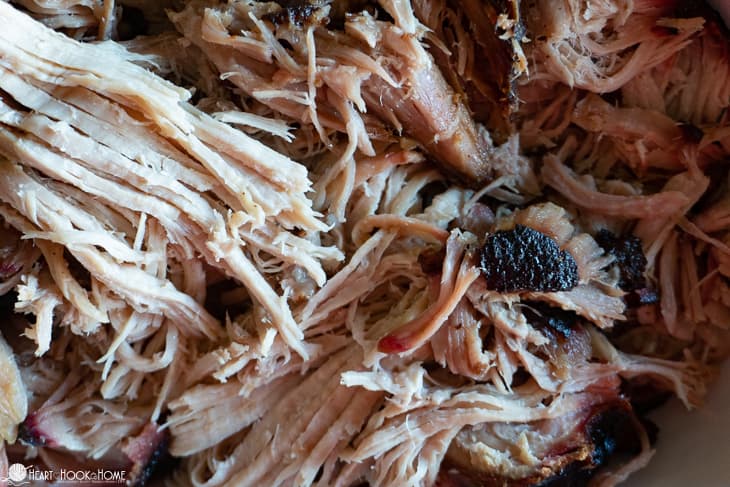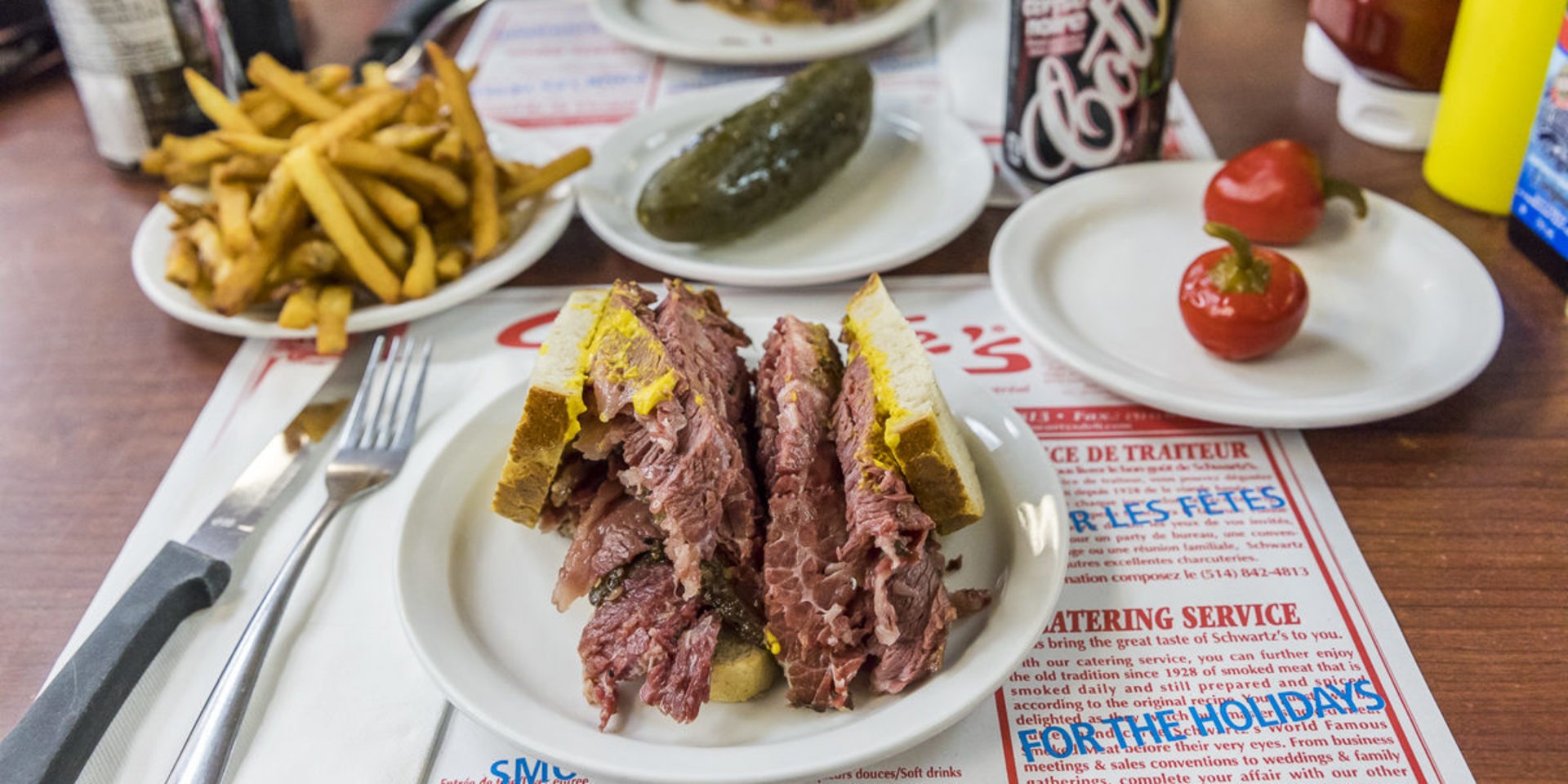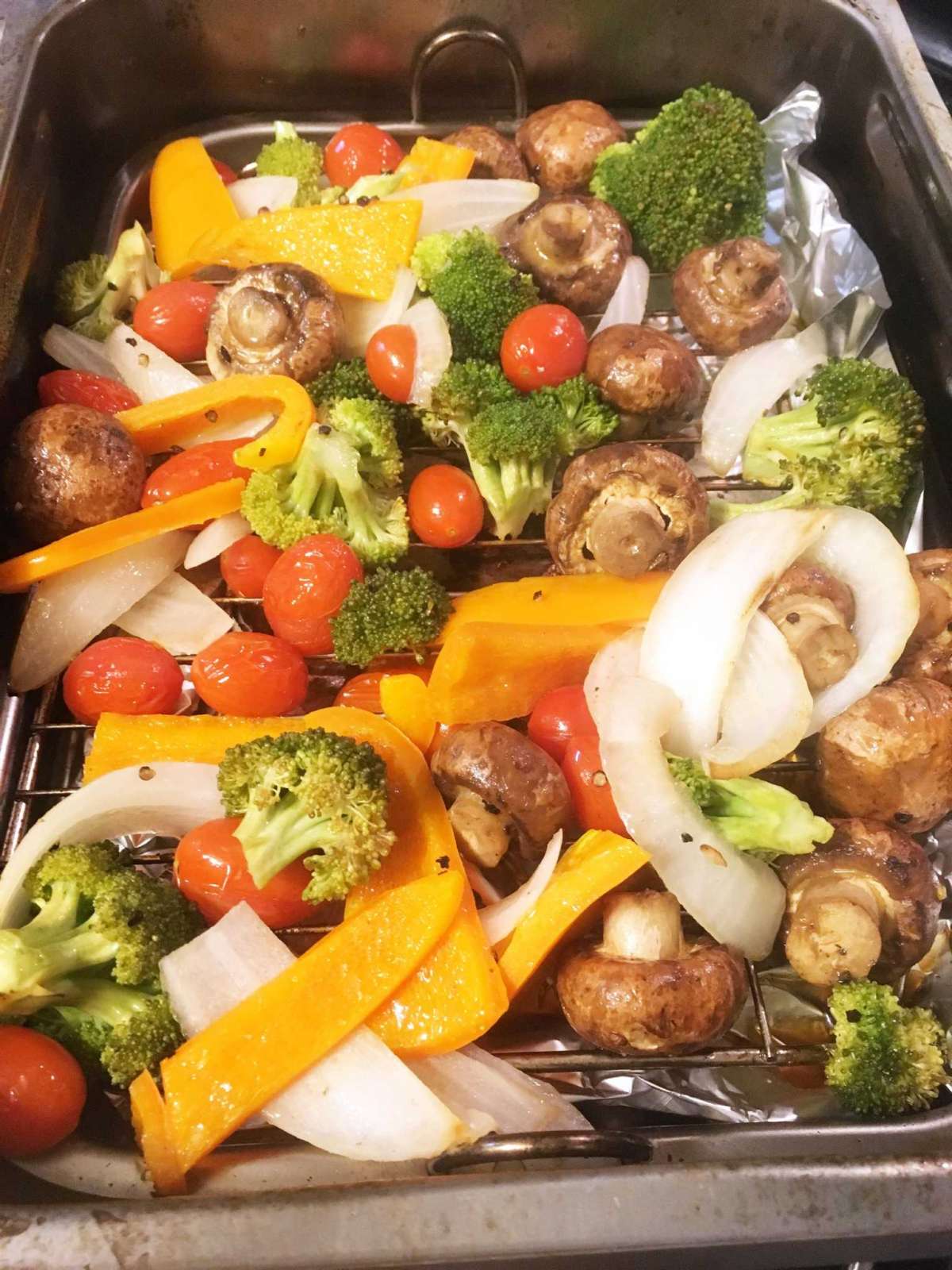
Because of its full fat and burnt ends, the brisket tip is the most sought-after part of the brisket. The thin portions of the brisket are trimmed away, leaving the fatty portion. The rest of the biftka should still be rectangular. Slice the remaining brisket thinly and serve it with sauce or on a bun.
The brisket must be cut into two sections. The fatter side of your brisket should go on the flat. These two sides meet at the fat seam known as the "nose" or brisket. To separate the flat, the point should be cut into the fat seam. You can then separate the thin point meat from the flat. This will create a perfect, buttery, moist brisket.

The brisket point is different from the flat part. The point is the fat portion. When you are slicing the Brisket, be sure to follow the seam between your flat and your point. It will be easier to separate the point and flat if you cut the meat on one side. You should also keep a thermometer nearby to monitor the cooking process. This will ensure that the point is finished before the flat portion.
The point end of a brisket is different than the flat end when it's being sliced. The point has an narrow vertical line which separates the two muscle groups. You can reduce smoking time and enhance the flavor by dividing the meat in two. The brisket will be more flavorful if you cut it into smaller sections. The flat portion of the brisket will be less tender and moist than the point.
First, cut off the point. It is common to find a point that is slightly larger than the flat part. The fat cap can be hard to remove. You will need to cut the fat cap from the point and flat. You should cut the fat cap away before seasoning the brisket. You can then cut the rest of the meat after you have separated the fatty and flat portions.

When cooking a brisket point, it is important to keep the meat moist and lean. A lean cut yields a tenderer, more flavorful meat than a heavier one. It can also be used in the exact same way as a regular flat cut. The brisket tips will have less fat that the flat cut. Once you have cut the point off, remove any fat from the brisket.
FAQ
What is the minimum requirement to become a chef?
No. No. Some even went on to culinary school to gain work experience. However, most chefs prefer to attend culinary school because it gives them more opportunities to learn and grow professionally. Culinary schools offer hands-on training which allows students to improve their skills and knowledge of cooking.
How do I get hired to cook?
It is possible to get a job in the kitchen by word of mouth. Friends and family might know of a restaurant in need of additional staff. Restaurants often post openings on websites and bulletin boards.
Which is the best method to store leftovers?
Tupperware containers are great for storing leftovers. These containers are great for keeping food fresh and preventing odors from growing. They also keep foods warm for longer. Remaining food can be frozen in freezer bag. You can freeze leftover food by placing it in another freezer bag. This will prevent any air from escaping. Once the food is frozen place it in an airtight container, such as a zip lock bag.
How Much Does It Cost to Study Culinary Arts?
There are many factors that influence the cost of learning culinary arts. For example, a 4-year degree costs about $40,000. A two-year associate degree, on the other hand may cost less than $5,000. The type of program you choose will determine the tuition rates. Private institutions charge higher prices than public ones.
How do you learn to cook the best?
Cooking should be something everyone can do. You will miss out on great meals if you don't learn how to cook. To learn how to cook, you must first find a recipe you like and then follow it carefully. You'll then want to practice small adjustments until you feel confident making the dish. You can also try cooking for other people. You will learn a lot and be able to show off your cooking skills.
Statistics
- On average, chefs earn $58,740 a year, according to the BLS. - learnhowtobecome.org
- The median pay for a chef or head cook is $53,380 per year or $25.66/hour, according to the U.S. Bureau of Labor Statistics (BLS). (learnhowtobecome.org)
- According to the BLS, chefs earn $58,740 a year. (learnhowtobecome.org)
External Links
How To
How to make an omelet that is perfect
Omelets are my favorite breakfast dish. But how do they turn out so perfectly? I've tried many different methods and recipes, but none of them seem to work! So today, I want to share some tips and tricks with you so you can make your own delicious and fluffy omelets every morning.
It is important to know that eggs can be temperamental when making omelets. The eggs must be fresh from an organic source and kept at room temperature until they are ready to be cooked. If they are not kept cold enough, the whites won’t form properly. The yolks will also break down too quickly and become runny. This can make your omelets look bizarrely colored. If you plan to cook the eggs right away, it is best to use room temperature eggs.
Another tip is to separate the egg before adding it to the pan. Because this could cause your omelet to become curdled, you don't want any yolk to be mixed with any white.
The bottom part of an egg that is added directly to the stovetop might be burned, which could cause a ruined texture in your omelet. Instead, microwave the egg for 10 seconds before adding it to the pan. The microwave heat is sufficient to cook the egg without overcooking.
Next, let's discuss mixing the eggs. When mixing eggs, it is important to thoroughly beat them. To do this, grab the bowl of the mixer and turn it upside down. Then shake the bowl vigorously. This allows the air to be whipped and the egg to be mixed thoroughly.
The fun part is now - adding the milk to the mixture. First, pour half of the milk into the beaten eggs and then fold the eggs gently into the remaining milk. If you still see streaks of eggs, don't worry. These streaks will disappear once the omelet has been turned over.
After folding the eggs fold the pan onto medium heat. When the oil starts to hot, wait for the pan to cook. Once the oil starts getting hot, add 1/4 cup of butter to the pan and swirl it around to coat the entire surface of the pan. The lid should be carefully opened. Sprinkle salt in the pan. A pinch of salt will help prevent the omelet from sticking to the pan.
Once the omelet has formed, cover the pan again and wait for the top side to set completely. Flip the omelet over using a spatula or flip the pan upside down. Cook the other side for about a minute. Serve immediately after removing the omelet from its pan.
This recipe works best using whole milk. Skimmed milk is also possible.